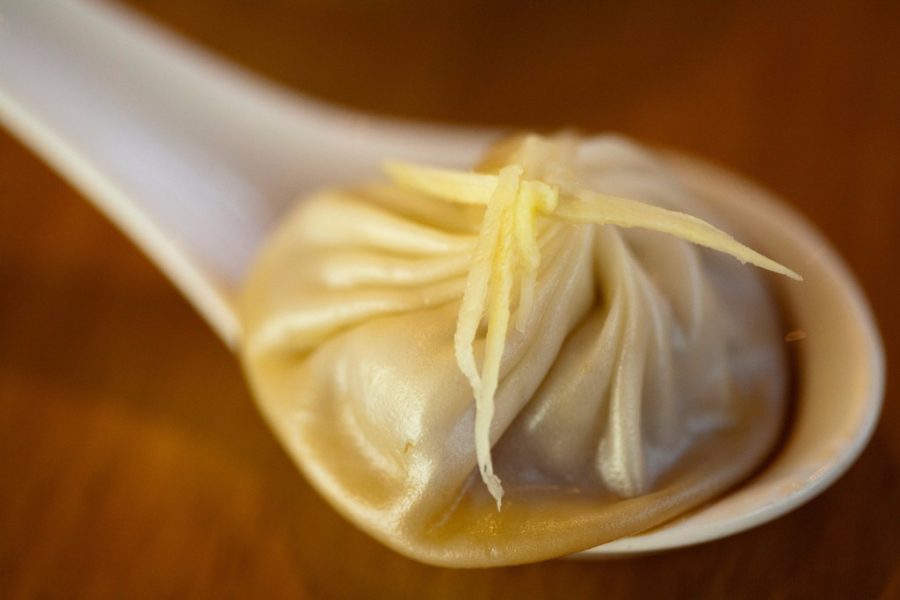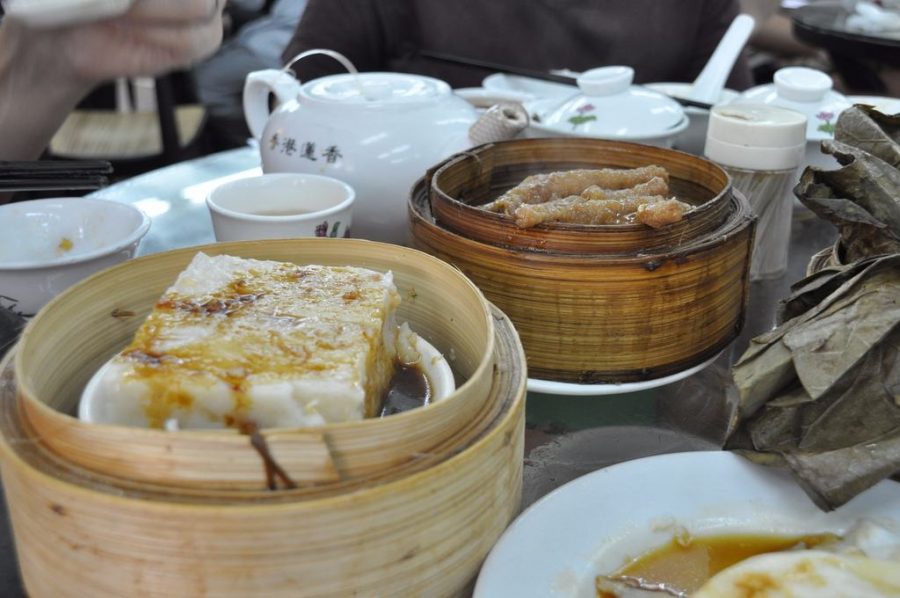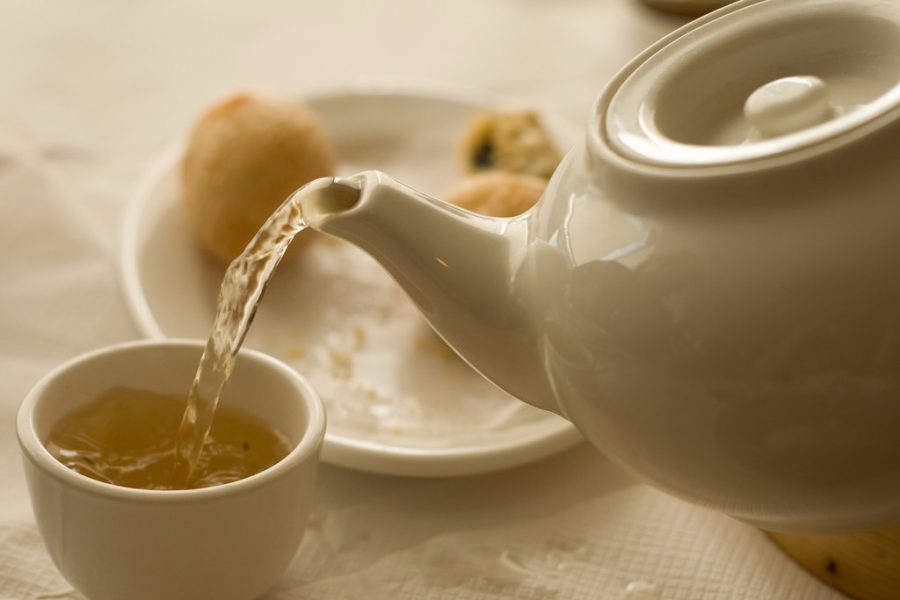Piping hot buns, comforting soup dumplings, and palette-topping deserts… It’s hard not to get drawn into the gastronomic scene that revolves around dim sum. Overtime, what started as a humble roadside refueling or morning tea tradition in the Guangdong Province of China has evolved into a social feasting ritual beloved around the world.
The luscious Chinese cuisine—whose origins can be traced back to Hong Kong as well as Guangdong—hardly needs a sales pitch. It is not only delicious and filling, but it also brings with it a sense of sharing and community. And it has since become a way for friends and family to get together over tea and bite-sized dishes.
Dim sum in China is a very casual and usually noisy affair. Yet there’s method to the madness, and there are, though not strictly enacted, customs to observe. Here is every food lover’s guide to ordering dim sum in the Middle Kingdom.

Where to Go for Dim Sum in China
As the trail began in Hong Kong and southern China, it only makes sense to make one of these places your jumping off point for an authentic experience. Make no mistake; do not resort to buying instant dim sum from grocery stores and miss the whole social aspect. Great dim sum is meant to be enjoyed in a loud, relentlessly busy restaurant.
In Hong Kong, one of the Michelin star capitals of the world, there are many legendary restaurants perfect for stirring your dim sum appetite. Among the joints worth ticking off your list are the former hole-in-the-wall, now Michelin-starred Tim Ho Wan; Mott 32, whose char siu and siu mai are to die for; the modest Choi Lung teahouse rest stop on Tai Mo Shan; and Yan Toh Heen, another Michelin-starred stop.
Of course, Guangzhou, capital city of Guangdong, is also hodgepodge of teahouses and dim sum spots. Choices include Tao Tao Ju House, Bei Yuan Restaurant, and Guangzhou Restaurant.
The Best Time to Dine on Dim Sum
While dim sum dining in Western countries is typically a lunch or an evening affair, dim sum in China is traditionally eaten at breakfast or brunch, usually during Morning Tea from as early as five am until noon. Sundays mornings are particularly dedicated to sitting in a crowded joint with family or friends at a table laden with steaming plates and baskets of dim sum favorites both savory and sweet.
Though worry not if you suddenly have a hankering for it in the middle of the day. Many restaurants that serve the cuisine stay open through dinnertime.

Dim Sum Ordering Etiquette
The whole dim sum dining experience in a restaurant with forced intimacy is as elevating as the food itself. Customarily, these tantalizing dishes are served in bamboo or metal steamers and small plastic plates. These are stacked high in rolling trolleys that are pushed around along cramped aisles by servers.
To order, you just wait for a trolley to pass by or stop at your table, and point at the dishes you would like to sample. It’s as simple as that. The server will then unload your choices on the table at lightning, if unceremonious, speed and stamp your order card, which you must keep handy.
If you want a particular dish you’re not seeing on any of the trolleys, ordering a fresh plate from a server is standard. Additionally, cart chasing and gesturing for one to come to you are also acceptable so long as you’re not snatching a dish from under someone’s nose.
Take point: as dim sum is generally family-style dining, be sure to order several baskets for the whole table to share.
What Dim Sum Dishes to Order
Take in the baskets of dumplings stuffed with meats and vegetables, steamed buns filled with barbecued pork, rolls smothered in sauce, sweet deserts, and other bite-sized items. One of the best things about dim sum is the variety. There are terrific selections for meat-eaters and vegetarians, as well as sweet tooths. Covetable options are also on hand for those who love the classic dishes as well as those who enjoy trying out unusual fare.
If you’re a brave and experimental eater, the trick is to order what looks good to you or what you find curious. Offbeat things to try include lo baak gou (turnip cake) and fung zao (fried chicken feet).
Otherwise, stick to the staples like cha siu bao (steamed barbecued pork buns), siu mai (pork or shrimp-filled dumplings), har gow (translucent shrimp dumplings), cheong fan (steamed rice noodle rolls), and daan taat (egg custard tarts) for dessert.

Drinks and Sides
Much like the English Afternoon Tea, it is customarily enjoyed with Chinese tea in a Cantonese breakfast or brunch tradition called yum cha, which aptly means “drink tea.” To properly do dim sum in China, therefore, you must start with tea. Typical types of tea served at dim sum teahouses and restaurants include green tea, chrysanthemum, and oolong.
Obviously, as it seems no Asian meals are complete without it, steamed white rice is a good side dish to order especially if you have steamed pork ribs and steamed meatballs on the table.


